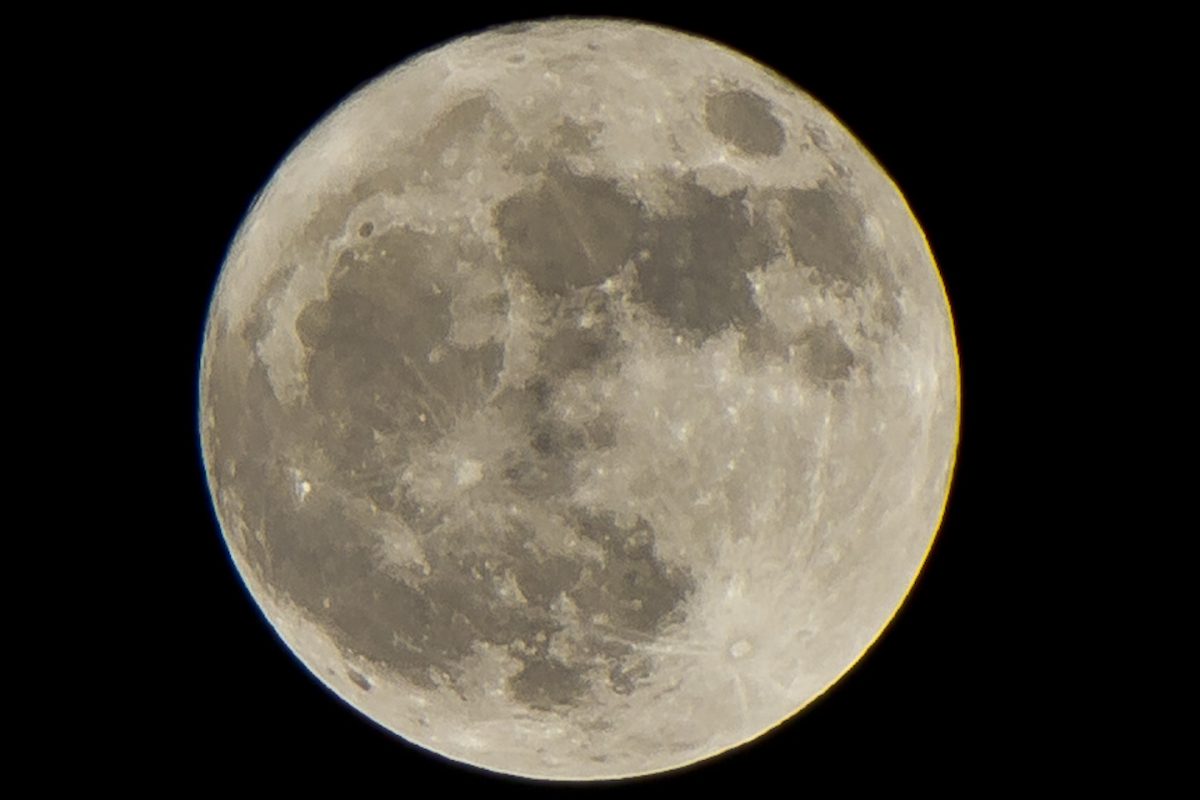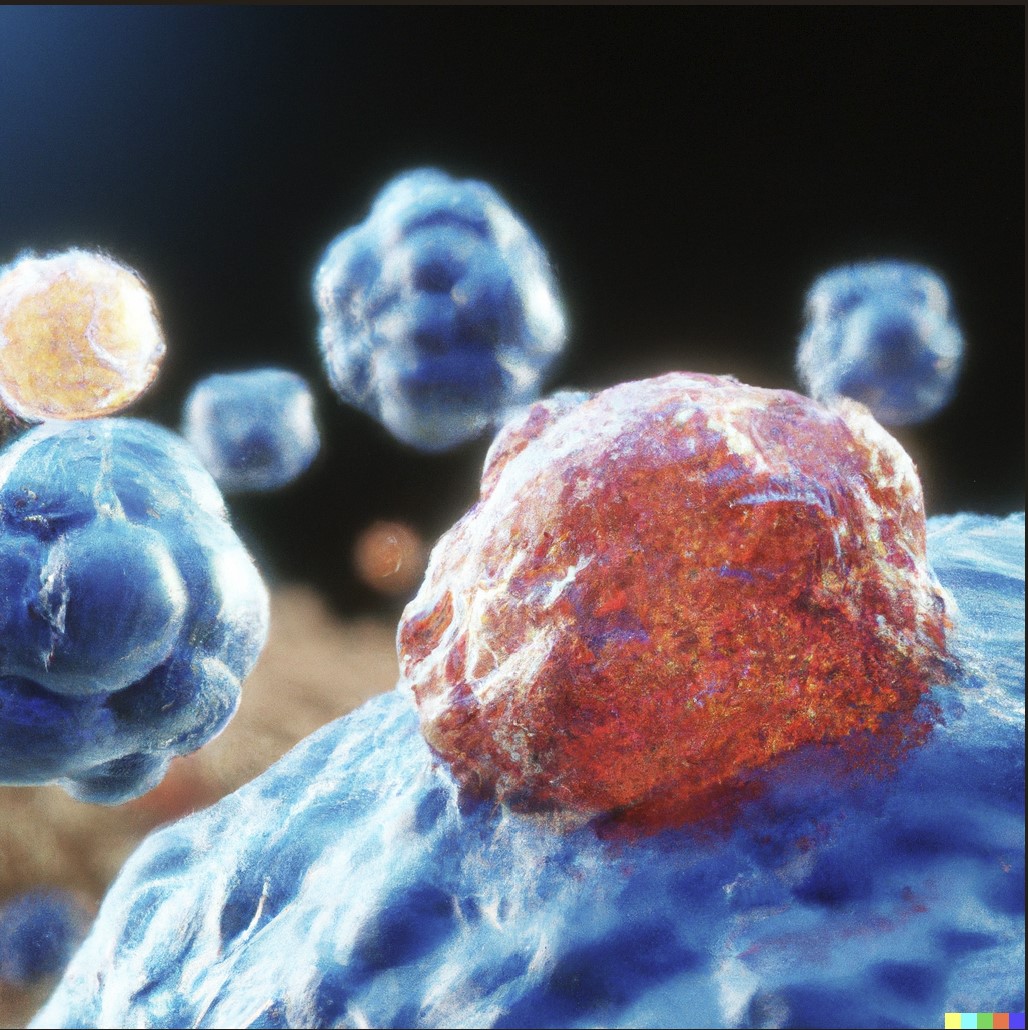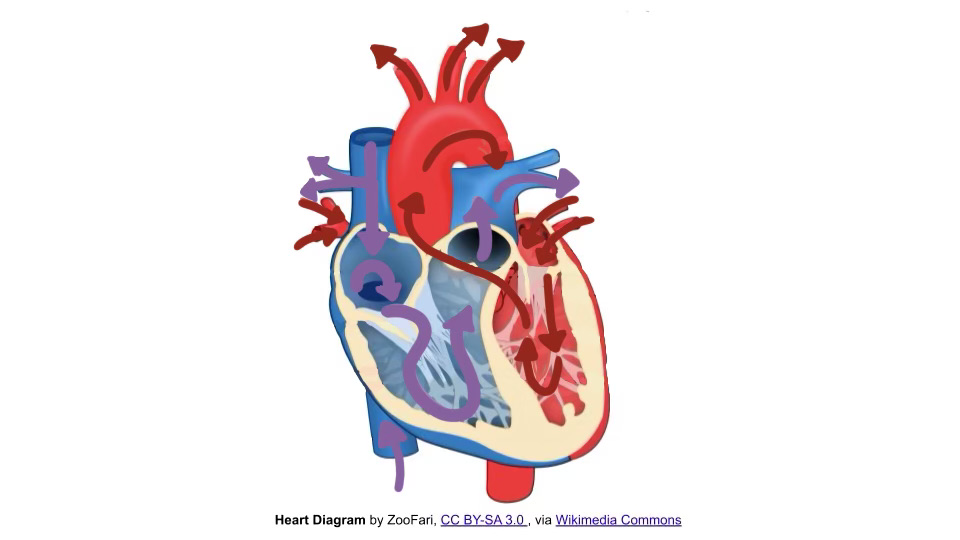The moon may be far older than humans have previously envisaged, surpassing prior assessments with formerly discovered analytical samples collected from the surface of the astronomical body.
This recent discovery was made when scientists studied crystals excavated in 1972 during the Apollo 17 mission. Astronauts collected the solid components contained within lunar dust during their last visit to the moon.
“It’s amazing being able to have proof that the rock you’re holding is the oldest bit of the moon we’ve found so far. It’s an anchor point for so many questions about the Earth,” Doctor Jennika Greer of the University of Glasgow, the study’s lead author, said. “When you know how old something is, you can better understand what has happened to it in its history.”
Scientists believe that approximately 100 million years following the solar system’s birth, a Marssized celestial body collided with Earth, emitting a significant amount of material that eventually merged to form the moon.
The energy produced by the collision initially caused the moon’s surface to become molten; however, as the lunar magma ocean cooled over time, the materials solidified into their current form.
Therefore, the crystals that underwent solidification during the cooling process offer scientists substantial information regarding their age and that of the moon.
Researchers employ a technique known as atom probe tomography – the vaporization of atoms from crystals for subsequent mass detection and measurement.
In reaching their conclusions, scientists examined specks of a mineral known as “zircon,” as it is believed that zircon crystals were the first solids to crystallize following the moon’s formation.
First, they sharpened individual atoms of a lunar sample using a focused beam of electrons, then used a laser to evaporate the atoms from the tip of the selection and measured their speeds.
“How fast [the atoms] move tells us how heavy they are, which in turn tells us what they’re made of,” Jennika Greer, a research associate at the University of Glasgow in the U.K noted.
According to the journal “Geochemical Perspectives Letters,” the crystals appear to be 4.46 billion years old.
“This age pushes back the age of the first preserved lunar crust by 40 [million years] and provides a minimum formation age for the moon within 110 [million years] after the formation of the solar system,” the team indicated.
Previous samples suggest that the age previously detected could be caused by the loss of proportions in the material of the rock after crystallization, which resulted in skewed data results.
Doctor Romain Tartèse from the University of Manchester noted that this discovery implies that the collision with Earth leading to the moon’s formation, took place a few tens of million years before that point.
“This study also exemplifies the great benefit of sample return missions and proper curation,” Tartèse emphasized.








